AMD Athlon 5350 Kabini AM1 APU Review
Testing
| System Configuration | |||
| Case | Cooler Master Cosmos II SE | ||
| CPU | AMD Athlon 5350 | ||
| CPU Cooler | Stock AMD Supplied cooler | ||
| Motherboard | Asus AM1I-A | ||
| Ram | AMD Radeon Entertainment Series Memory 8 GB DDR3-1600 | ||
| GPU | Internal Graphic AMD Radeon R3 series | ||
| Hard Drives | Samsung 840 EVO 256gb SSD | ||
| Western Digital black 500 gb 7200 RPM HDD | |||
| Power Supply | ThermalTake TR2 430 watt | ||
| Operating System | Windows 7 64 bit | ||
The AMD Athlon 5350 “Kabini” AM1 APU is certainly not billed as a gaming CPU but it should be able to some very lite gaming. The APU is build for more general computing. Our testing software for the AMD Athlon 5350 “Kabini” AM1 APU includes:
PCMark 8 Home – OpenCL
BaseMark CL 1.1 -Basic settings GPU
CineBench R15
3DMark 11 – Entry
3DMark – IceStorm/CloudGate
Handbrake
WinRAR
Aida64 -Memory and CPU tests
A factory reset of the BIOS was performed before testing. Windows 7 Pro 64 bit was installed all with all updates.
A reboot was performed between each benchmark run.
AMD beta Catalyst 14.2 drivers were used for testing.
All tests were taken a total of three times and the results were averaged together to get the final results.
I tested the AMD Athlon 5350 against the ASRock E350M1 previous generation AMD processor. The CPU is soldered to the motherboard on the ASRock E350m. The ASRock system used the latest available drivers; Catalyst 13.351
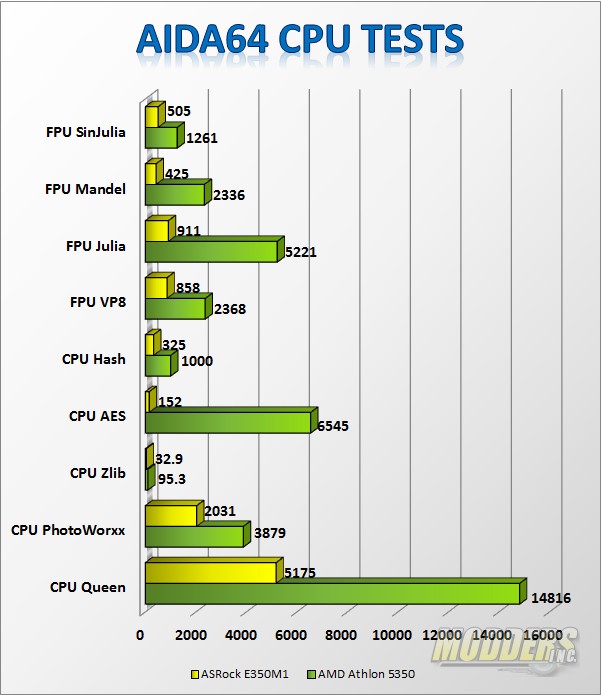 |
First up is the CPU test from Aida64. If the scores seem low, remember these are low power systems. They are not meant to compete with the i3 series. According to AMD the competition for the AMD Athlon 5350 “Kabini” AM1 APU is the Intel Pentium J2900 series. Unfortunately I couldn’t get one hear in time for the review. Thanks to a bump in speed as well as faster supported memory the Athlon 5350 takes a commanding lead over the Brazos chip.
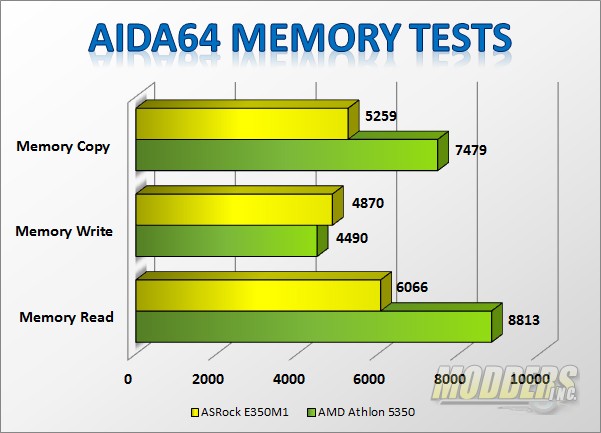 |
The Aida64 Memory test shows the same results. The Athlon 5350 is faster as it should be. The AMD E350 is previous generation. Except for the memory write test. In all three sessions, the E-350 outperformed the Athlon 5350 every time.
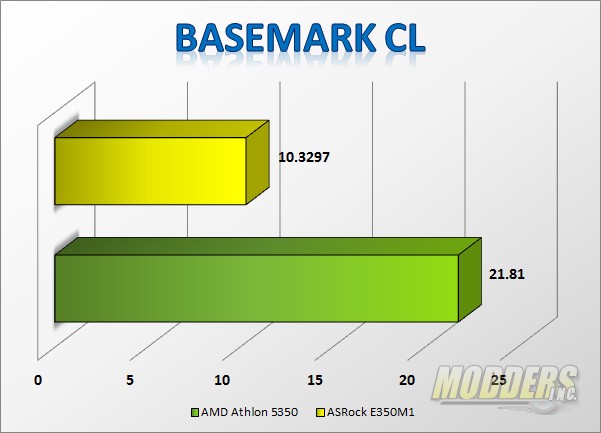 |
BaseMark CL is a benchmarking tool that uses OpenGL for rendering. In BaseMark CL the AMD Athlon 5350 “Kabini” AM1 APU results are slightly over twice the results of the AMD E-350.
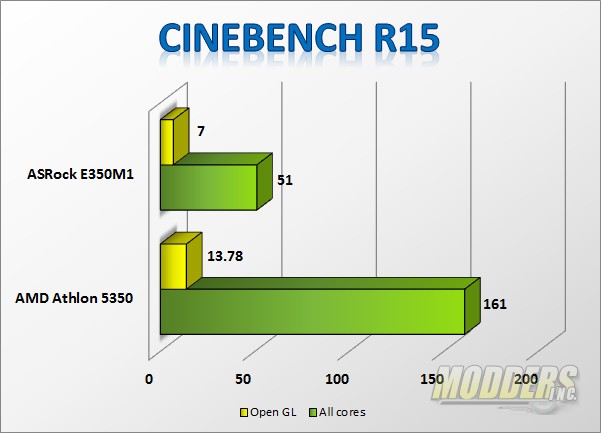 |
In Cinebench R15, the Athlon 5350 continues to dominate the AMD E-350. The Athlon 5350 doubles the Open GL scores and triples the CPU score, again attributed to the boost in support memory speed, processor speed and IPC improvements over the previous generation of processors.
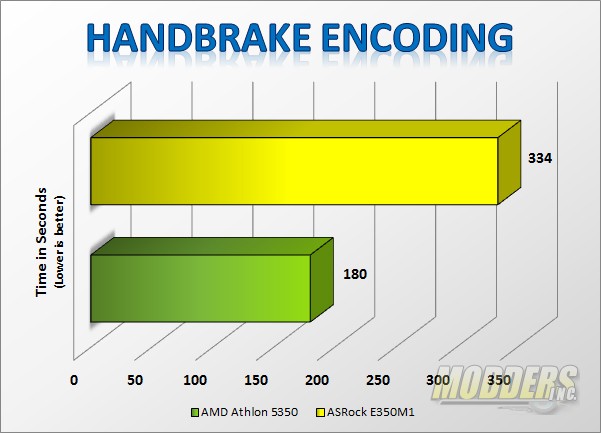 |
To benchmark Handbrake, we take a 101 MB 1920×1080 MPEG-2 file and encode it to an MP4 file. The AMD Athlon 5350 “Kabini” AM1 APU averaged about 3 minutes to encode the file whereas the AMD E-350 took just over 5 minutes.
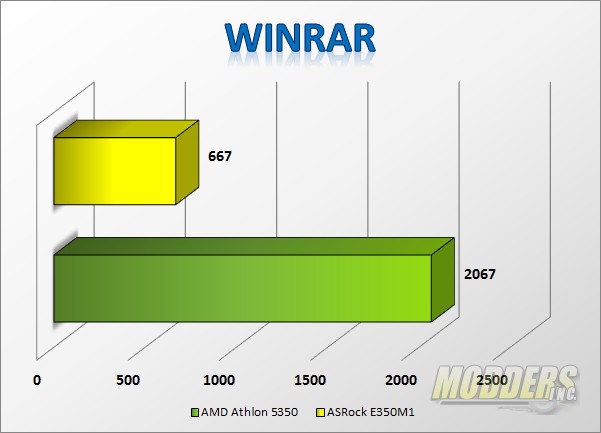 |
For WinRAR, we run the built in benchmark for 1 minute then record the results. The results are displayed in KB/s.
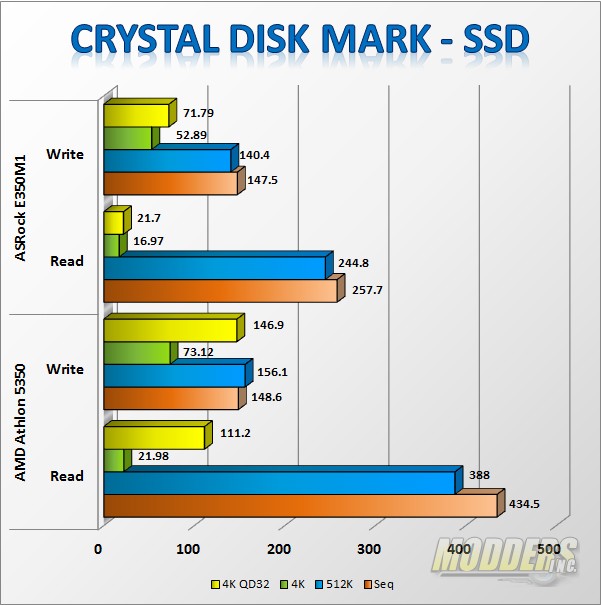 |
Both systems claim SATA III speeds. However, the AMD E-350 couldn’t come close to the AMD Athlon 5350 “Kabini” AM1 APU. The main difference between the two, other than current generation vs. previous generation, is the AMD Athlon 5350 SATA controller is built directly on to the die of the CPU where the AMD e-350 system uses and AMD Hudson M1.
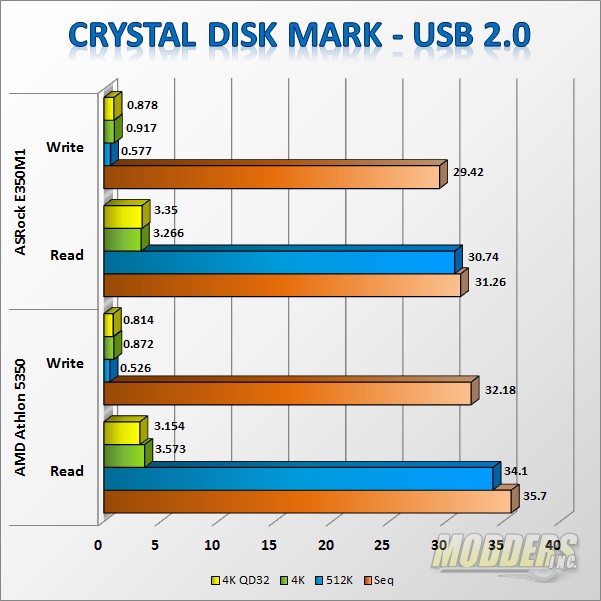 |
While USB 2.0 speeds in general aren’t anything to write home about, both systems preformed well in the USB 2.0 tests. The AMD Athlon 5350 “Kabini” AM1 APU supports USB 3.0 in addition to USB 2.0. While there is not a graph for USB 3.0 as the AMD E-350 doesn’t have USB 3.0. We were able to get a sequential write speed of 248 MB/s and a sequential write speed of 170 MB/s.
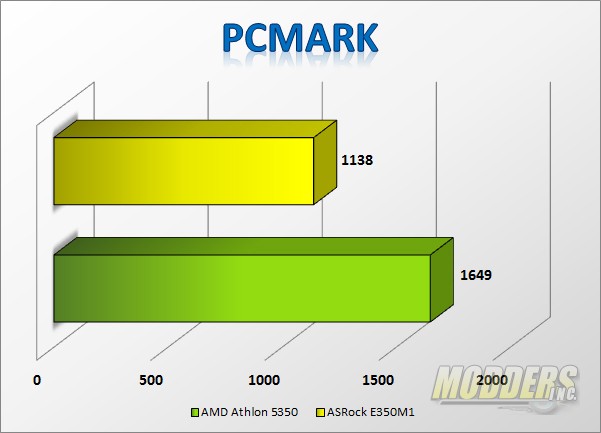 |
We use PCMark 8 to get a general idea of overall system performance. We ran the PCMark 8 home test which, tests tasks like web browsing, video chat, and casual gaming.
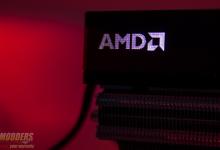
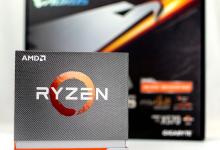

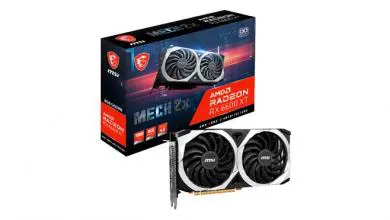
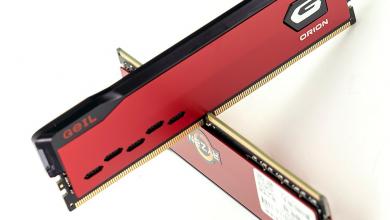
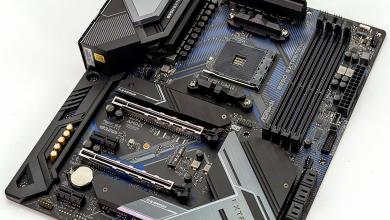
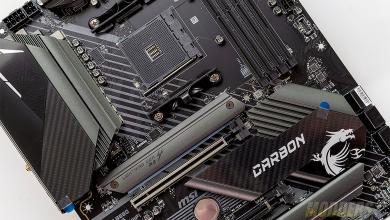
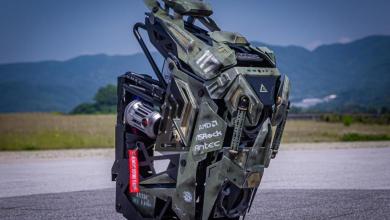

Can you add a power consumption comparison with e350m1?
Thank you